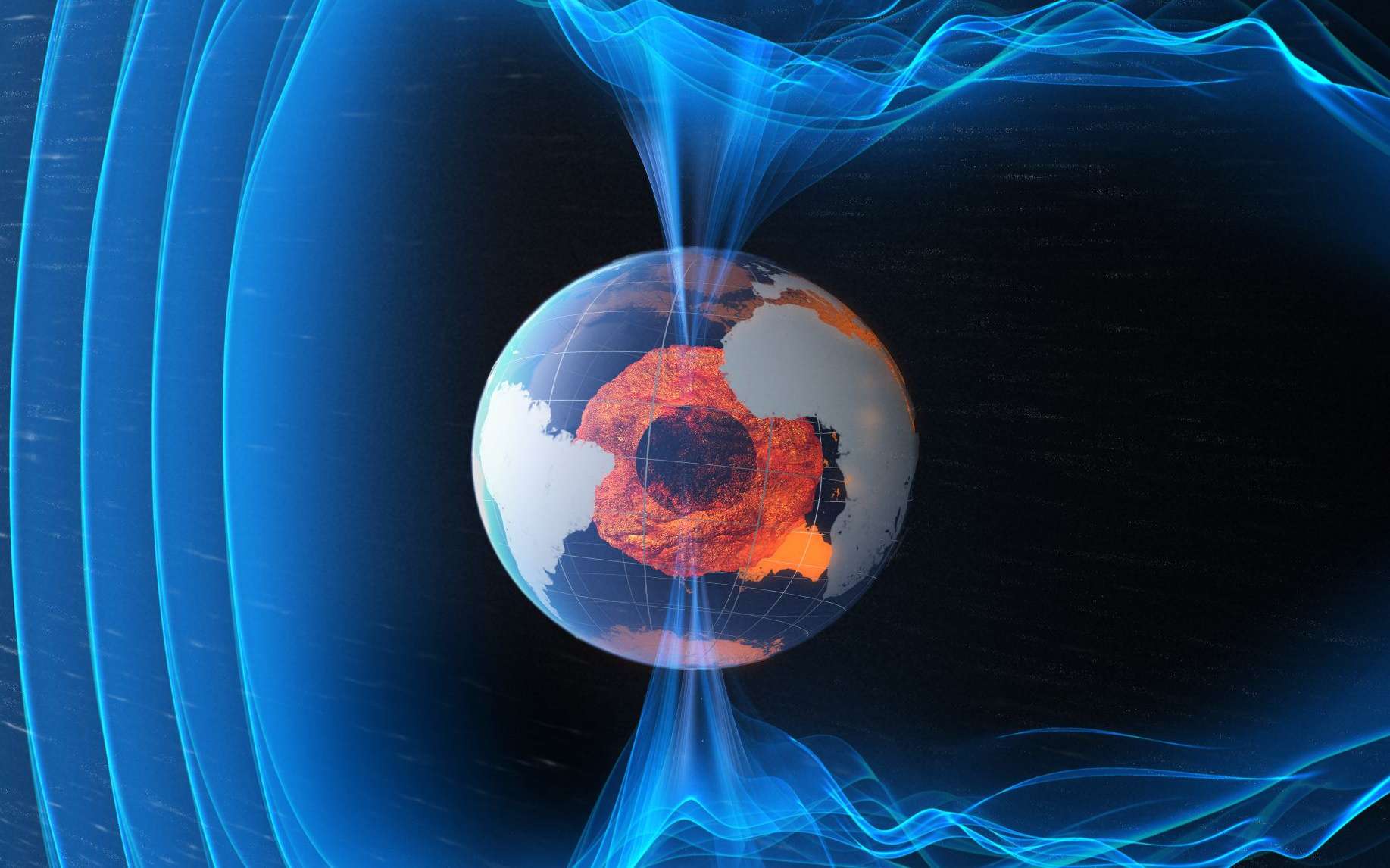SpaceX notified the FCC SpaceX that Starship could be ready to launch Starlink Gen2 System satellites as early as March, 2022. The FCC notification is that SpaceX will focus on the configuration of 12000 generation 1 satellites that will work best with 30,000 generation 2 satellite. Previously, SpaceX was hedging its bets and had a second configuration but now SpaceX is confidently proceeding with generation 2 satellite plan.
SpaceX would start launching the generation 2 Starlink satellites on Falcon 9 Starship rockets. SpaceX has been launching 60 generation 1 Starlink satellites with each Falcon 9 rocket. The current Starship launch vehicle will be capable of deploying up to 400 Starlink satellites during a single launch which will enable SpaceX to build the constellation at a much faster rate to rapidly expand internet service coverage. SpaceX could stretch the Starship and add engines which would increase the payload to orbit from 100-150 tons up to 220 tons. The Starship will not be ready to launch Starlink satellites until 2023.
Any early Falcon 9 launches in 2022 will likely be test gen 2 satellites that will not be part of the main constellation. The letter to the FCC indicates that SpaceX will commit to Starship deployment of Gen 2.
SpaceX will transition to Gen2 satellites which will be larger and much faster.
SpaceX started launching v1.5 Starlink satellites with laser communication that will reduce latency to about 10-20 milliseconds versus 17 milliseconds for fiber. Space laser communication is 40% faster because of light speed in vacuum vs fiber. Anything over 3000 miles has less latency via Starlink. SpaceX will put up Gen2 satellite network with satellites 850-1000 kilogram with up to 80 gbps capacity per satellite versus 18 gbps in current version 1. ~30,000 satellite Starlink Gen2 constellation as proposed would have a total instantaneous bandwidth of at least 500 terabits per second (Tbps) over land (~1800 Tbps including ocean coverage). As of 2020, the total installed bandwidth of global internet infrastructure was estimated to be 600 Tbps.
A Spacex Starship capable of launching 100-150 tons (~220,000-330,000 lb) to the low Earth orbits could launch about 120 Gen 2 satellites – each weighing approximately 850-1250 kg. Current generation 1 Starlink satellites weigh 260 kilograms. This is 15.6 tons for the satellites and extra weight for the booster and other gear needed to deploy the satellites. A Falcon 9 can launch about 22.6 tons to low earth orbit.
Elon Musk says that future Starships – or at least certain Starship variants – are being upgraded with 50% more Raptor engines and stretched propellant tanks. This will increase engines from 6 to 9. SpaceX will also increase fuel to about 300 tons. This will enable a larger Starship and Superheavy to launch 220 tons to orbit instead of 150 tons. The nine raptor engine Starship could launch 180 generation 2 satellites with each launch.
SOURCES- Tesmanian, FCC, SpaceX
Written By Brian Wang, Nextbigfuture.com
Brian Wang is a Futurist Thought Leader and a popular Science blogger with 1 million readers per month. His blog Nextbigfuture.com is ranked #1 Science News Blog. It covers many disruptive technology and trends including Space, Robotics, Artificial Intelligence, Medicine, Anti-aging Biotechnology, and Nanotechnology.
Known for identifying cutting edge technologies, he is currently a Co-Founder of a startup and fundraiser for high potential early-stage companies. He is the Head of Research for Allocations for deep technology investments and an Angel Investor at Space Angels.
A frequent speaker at corporations, he has been a TEDx speaker, a Singularity University speaker and guest at numerous interviews for radio and podcasts. He is open to public speaking and advising engagements.
Note: This article have been indexed to our site. We do not claim legitimacy, ownership or copyright of any of the content above. To see the article at original source Click Here












